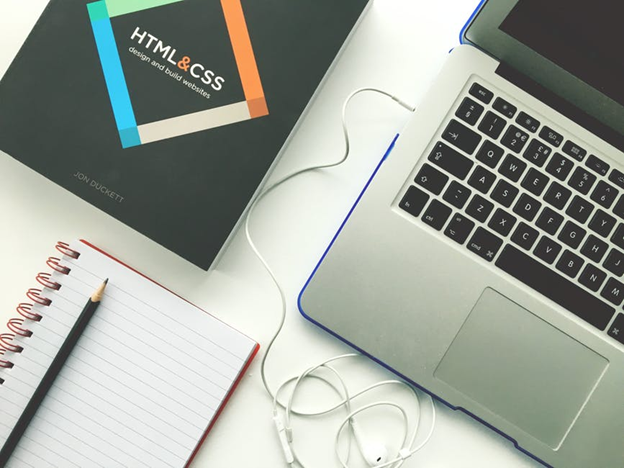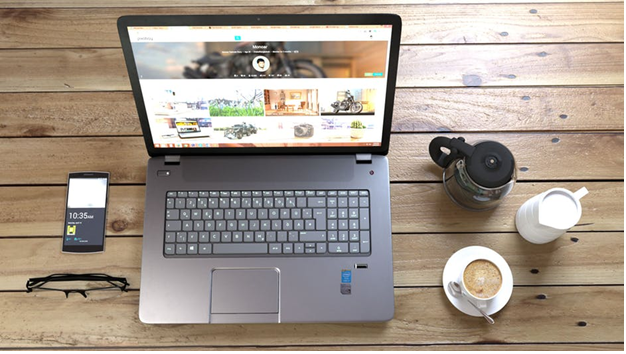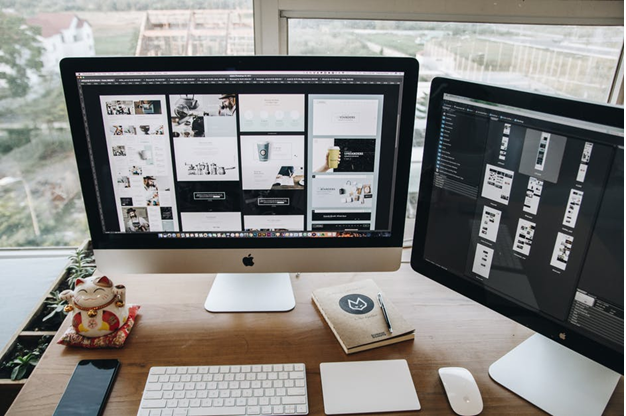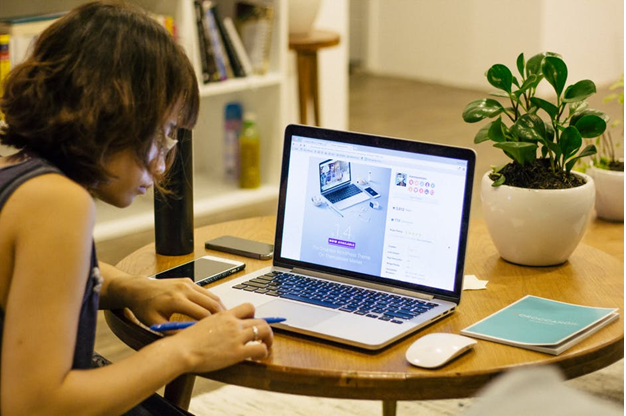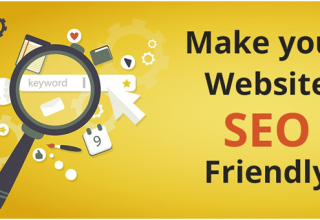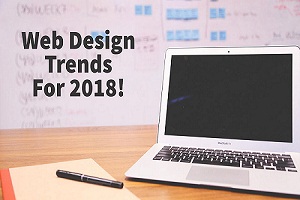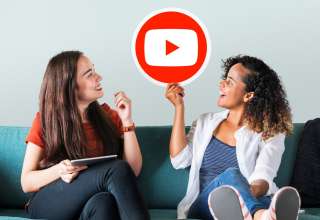The truth is, there is a major misconception about the whole purpose of web design. A lot of people consider design as the face, as well as the visual appeal of a website. Be that as it may, your website ought to be more than just an attractive digital brochure.
Keep in mind that web design is an effective tool that helps you accomplish particular goals in your business. It can also boost engagement with your content and your conversion rate, which in turn can increase your sales.
Below are some of the key elements that show how web design can truly affect your business:
First Impressions Lasts
It is important to note that you only have a couple of seconds to make a good first impression before a visitor exits your site. High-quality images, compelling visuals, and a clean overall layout are just some of the things that help keep a first-time visitor interested.
Great aesthetics are the initial step in shaping how your visitors see your business. For instance, a clean and modern aesthetic shows that your business is contemporary, organized, and to-the-point. Essentially, you want your web design to be the representation of your business’s best attributes and qualities.
Typography and Readability
Having a clear, readable, and high-contrast typography in your website can help attract attention.
Additionally, the skim-ability of your content is also important, as your visitors are often looking for a certain information and they don’t have time to read every single thing. Making your headlines and subheads sharply differentiated from the body of the content enables the visitors to quickly find what they’re looking for. Also, using only one or two fonts and consistently utilizing them throughout the pages of your site helps increase readability.
The Navigation
Coherent navigation is very important in improving the usability of your site. Usability is how easily a visitor can locate information on your site and finish specific actions, such as converting on a call-to-action.
Think about the various types of visitors you want to turn into leads. After considering your target audience, you should then create a navigation option that will cater to all of them. Presenting too many navigation options sets users all over the site, sending them to pages or information that are unessential to them.
Still, usability goes beyond just having coherent and clean navigation buttons—it also means making use of consistent styling for details such as headlines, links, images, calls to action, etc. Your ultimate goal is to make it as easy as possible for your visitors to navigate through your site.
The Path of Conversion
Conversion paths are the foundation to landing leads from your website. These paths are a journey that the user takes to eventually convert into a lead. For each type of visitor, there ought to be a distinct path.
For example, consider someone who’s planning to buy a professional camera. They know they want to buy one, but they’re not sure what brand, model, lenses, and other camera accessories will best suit their needs. So they browsed the internet to look for tips and reviews until eventually, they discovered one of your blog posts. Upon entering your site, they have now started down a conversion path that starts at the homepage; this is where the aesthetics of your website affect the visitor’s perception of your business.
After that, if your site is navigable and user-friendly, they should easily find the information they’re looking for on the homepage itself, in the navigation tabs, or even through a search box. The visitor should be able to scan the pages quickly in order for them to easily find the content and even the products that are relevant to them.
This where using appropriate typography comes into play, making it effortless for the visitor to find various information and products on your site. However, even after learning some tips and advice on your blog, the visitor is still not sure what to get out of all the product options available. So, this is now the best time for a call-to-action to download an in-depth guide.
Remember, the design of the calls-to-action can either increase or hinder your conversion rate. Using colors that stand out and visual cues that explain the significance of what they are getting, all help to improve your conversion rate.
These are just some of the methods used by Web Design London to boost conversion rates. Try these design techniques now and see for yourself.

